Inside Out 2: Embracing Our Full Emotional Spectrum
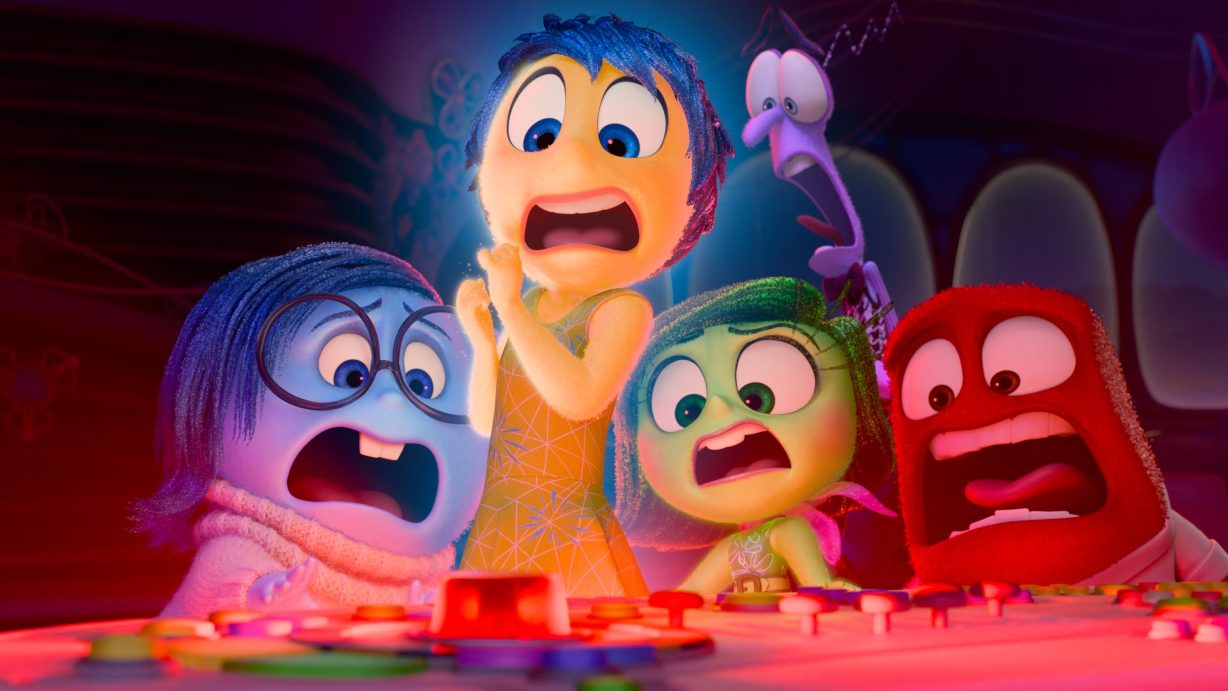
Like any good therapy practice, we had an employee outing to go see Inside Out 2 on its premiere night, and it did not disappoint! Oh, the level of psychological nerding out that happened in that movie theater could never be adequately described. Next to Bluey (so good!), Pixar’s level of emotional depth wrapped in a simple and entertaining package aimed at kids is mind boggling. The recently released “Inside Out 2” dives deep into the complexity of our emotions, particularly focusing on anxiety and its impact on our lives. Here are some key takeaways from the movie that I believe offer valuable insights into understanding and managing anxiety and embracing our whole selves:
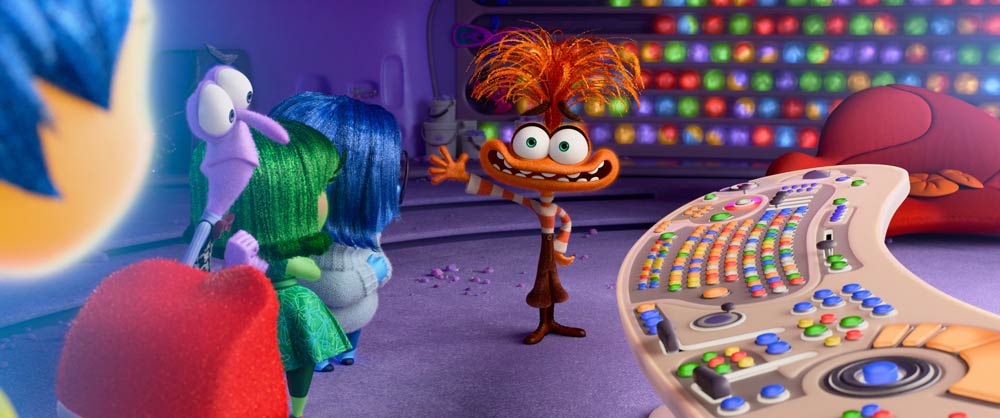
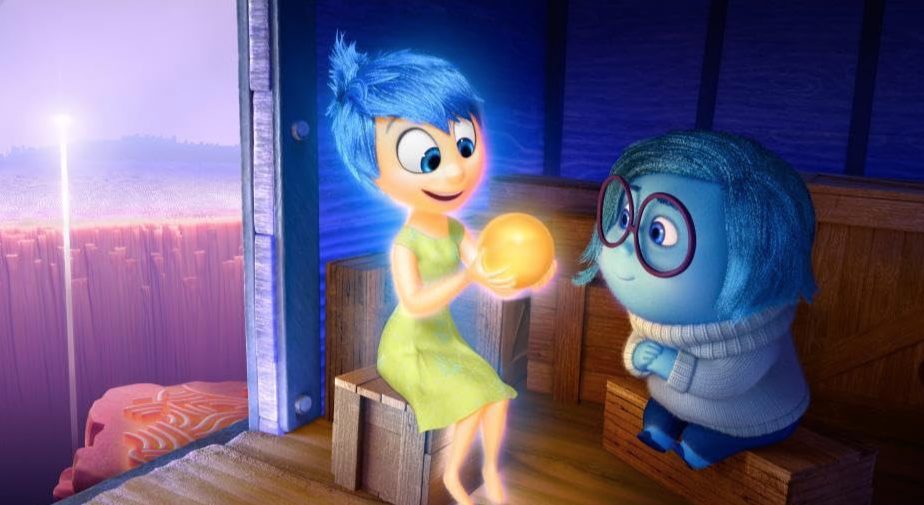



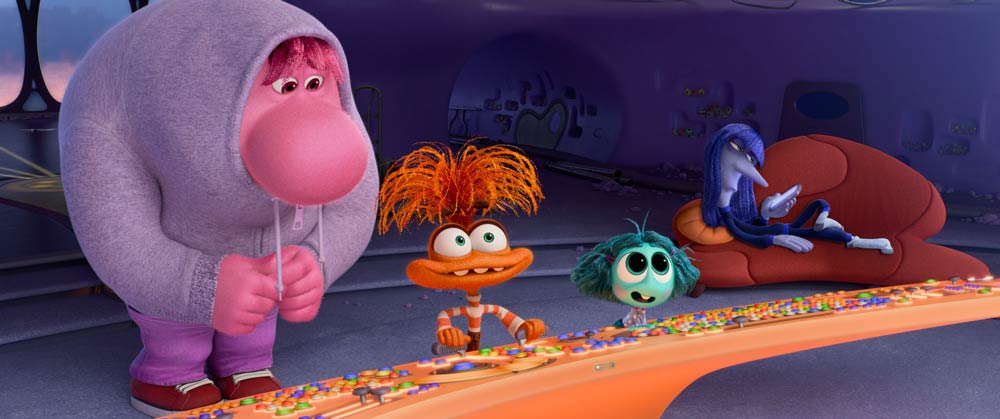






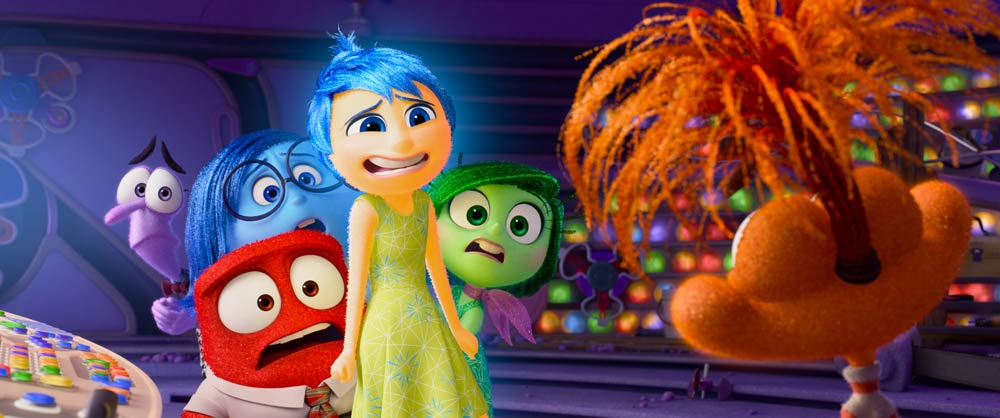

Joy and Anxiety both wreaked havoc out of very good intentions (“I was only trying to protect her!”). When our parts operate as silos, without information from other parts or the whole, it is ineffective and incomplete. Both Inside Out movies demonstrate how each of them went astray and how all feelings/experiences are important parts of our full selves, warts and all. By the end the fuller sense of self is one that includes both our pride and insecurity, both our aspirations and fears, both our selflessness and selfishness, and everything in between.
Joy thought she was protecting Riley by throwing out any remotely uncomfortable memories (“keep the best, toss the rest!”), but she was really implying that anything uncomfortable/bad is unacceptable, making us inherently unacceptable because we are inherently fallible human beings who *will* experience the unwanted and unexpected. Anxiety thought she was protecting Riley by preparing and planning for things to go “perfectly”. “Perfect”, again, doesn’t allow for our inherent fallibility and the lack of control that we actually have over 99.999999% of the things around us.
By validating our feelings, being curious about what they are communicating, and understanding their roles (without putting them in charge!), we can integrate them into a cohesive sense of self and benefit from the information they relay. The movie beautifully illustrates this through the characters’ journey towards accepting and loving Riley as she is, with all her emotions and experiences as a fully integrated person. Emotions are important in motivating us, informing us, and informing others, but no single part should be running the whole show.
“Inside Out 2” provides a profound exploration of anxiety and its role in our emotional landscape. By embracing all parts of ourselves, addressing underlying beliefs, and practicing compassion, we can navigate our anxiety (and other emotions!) more effectively. The movie’s portrayal of these concepts serves as a reminder that every emotion, even/especially the uncomfortable ones, is an integral part of our path towards a fuller, more balanced and authentic self.
your healing journey today.
